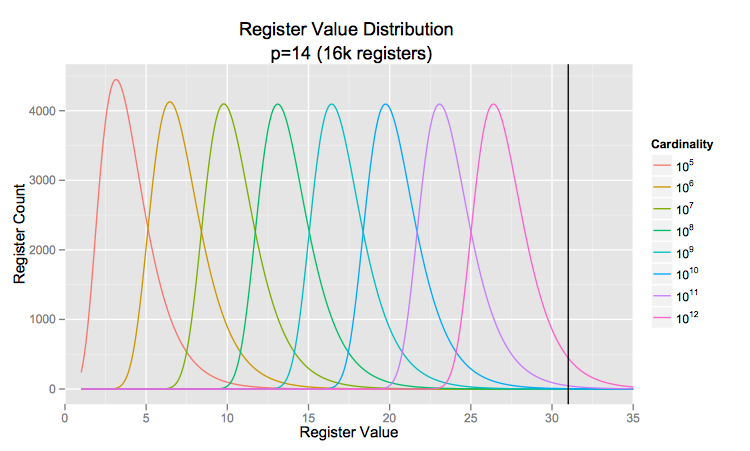I had the pleasure of speaking at the SF PostgreSQL User Group’s meetup tonight about sketching, the history of HLL, and our implementation of HLL as a PG extension. My slides are embedded below and you can get a PDF copy here. Be sure to click the gear below to show speaker’s notes for context!
If video is made available, I’ll post an update with a link!






























